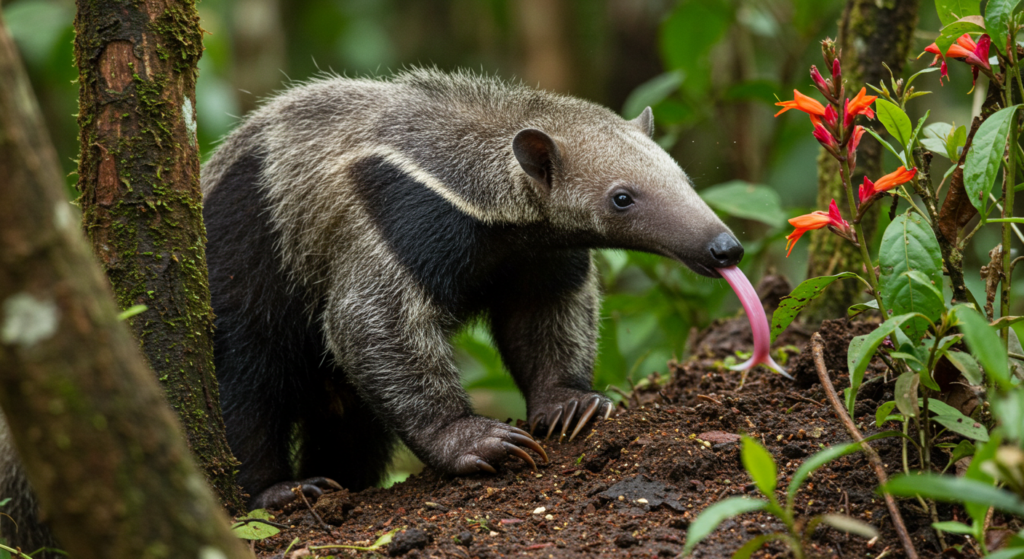Table of Contents
- Introduction
- Physical Characteristics
- Habitat and Distribution
- Behavior and Diet
- Reproduction and Lifespan
- Conservation Status
- Conclusion
- FAQs
Introduction
The Tamandua, commonly known as the Lesser Anteater, is a fascinating arboreal mammal found in the tropical forests of Central and South America. Unlike its larger relative, the Giant Anteater, the Tamandua is well-adapted to life in the trees, using its prehensile tail and sharp claws to navigate the canopy. This article explores the unique features, behavior, and conservation status of this unusual creature.

Physical Characteristics
The Tamandua is easily recognizable by its:
- Slender body (weighing 3–8 kg, 50–90 cm long)
- Long, curved claws for climbing and digging
- Prehensile tail for gripping branches
- Distinctive coloration (often tan with a black vest-like pattern)
- Elongated snout and sticky tongue (up to 40 cm) for feeding
Habitat and Distribution
The Lesser Anteater inhabits:
- Tropical rainforests
- Savannas
- Mangrove swamps
Its range spans from southern Mexico through Central America into Brazil, Bolivia, and Paraguay.
Behavior and Diet
- Nocturnal and solitary by nature
- Primarily insectivorous, feeding on ants, termites, and bees
- Uses strong forelimbs to tear open nests
- Arboreal lifestyle, spending most of its time in trees
- Defensive posture: Stands on hind legs, using claws to ward off predators
Reproduction and Lifespan
- Gestation period: 130–150 days
- Single offspring per birth, carried on the mother’s back
- Weaning: Around 1 year
- Lifespan: Up to 9 years in the wild, longer in captivity
Conservation Status
- IUCN Status: Least Concern (but habitat loss is a threat)
- Primary threats: Deforestation, hunting, and road accidents
- Protected in some regions, but enforcement varies
Conclusion
The Tamandua (Lesser Anteater) is a remarkable arboreal mammal with unique adaptations for survival in the treetops. While not currently endangered, conservation efforts are essential to protect its habitat. Understanding this species helps highlight the importance of preserving tropical ecosystems.
FAQs
1. Is the Tamandua the same as the Giant Anteater?
No, the Tamandua is smaller, more arboreal, and has a prehensile tail, unlike the ground-dwelling Giant Anteater.
2. What does the Tamandua eat?
It primarily feeds on ants, termites, and occasionally bees.
3. Where can Tamanduas be found?
They live in tropical forests from Mexico to South America.
4. Are Tamanduas aggressive?
They are generally shy but will defend themselves with their sharp claws if threatened.
5. How long do Tamanduas live?
They live up to 9 years in the wild and longer in captivity.
